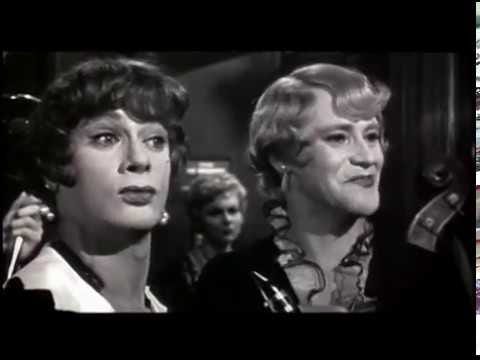Happy Pride Month, everyone! The best way to celebrate is to watch documentaries, as is true of all festive occasions. Especially films showcasing LGBT culture.
In this case, there are plenty to choose from. The LGBT community, as a distinct social group, is arguably about as old as cinema itself. It’s something of a 20th-century phenomenon. The moving i…
Keep reading with a 7-day free trial
Subscribe to Nonfics to keep reading this post and get 7 days of free access to the full post archives.


